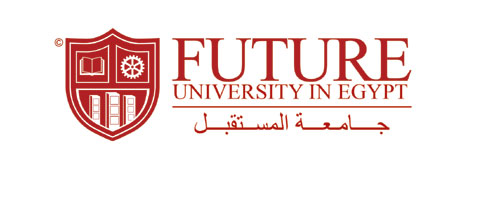- Course Code :
RESTE 413
- Level :
Undergraduate
- Course Hours :
2.00
Hours
- Department :
Faculty of Oral & Dental Medicine
Instructor information :
Area of Study :
• This course is to present the general information necessary to understand the fundamentals of the clinical course of operative dentistry:
a- To enable the student to understand and apply the basic clinical principles of operative dentistry including (patient reception, examination, diagnosis, treatment planning, infection control, moisture control and control of pain, bonding).
b- To enable the student to select the suitable restorative materials.
c- To enable the student to apply the gained information about the available restorative materials clinically
For further information :
Patient Assessment - Examination – diagnosis and treatment plan, Sterilization and Infection Control, Selection of restorative material, Introduction to adhesion, Control of dental fear and Pain, Temporary restorations and health hazards, Moisture control
For further information :
